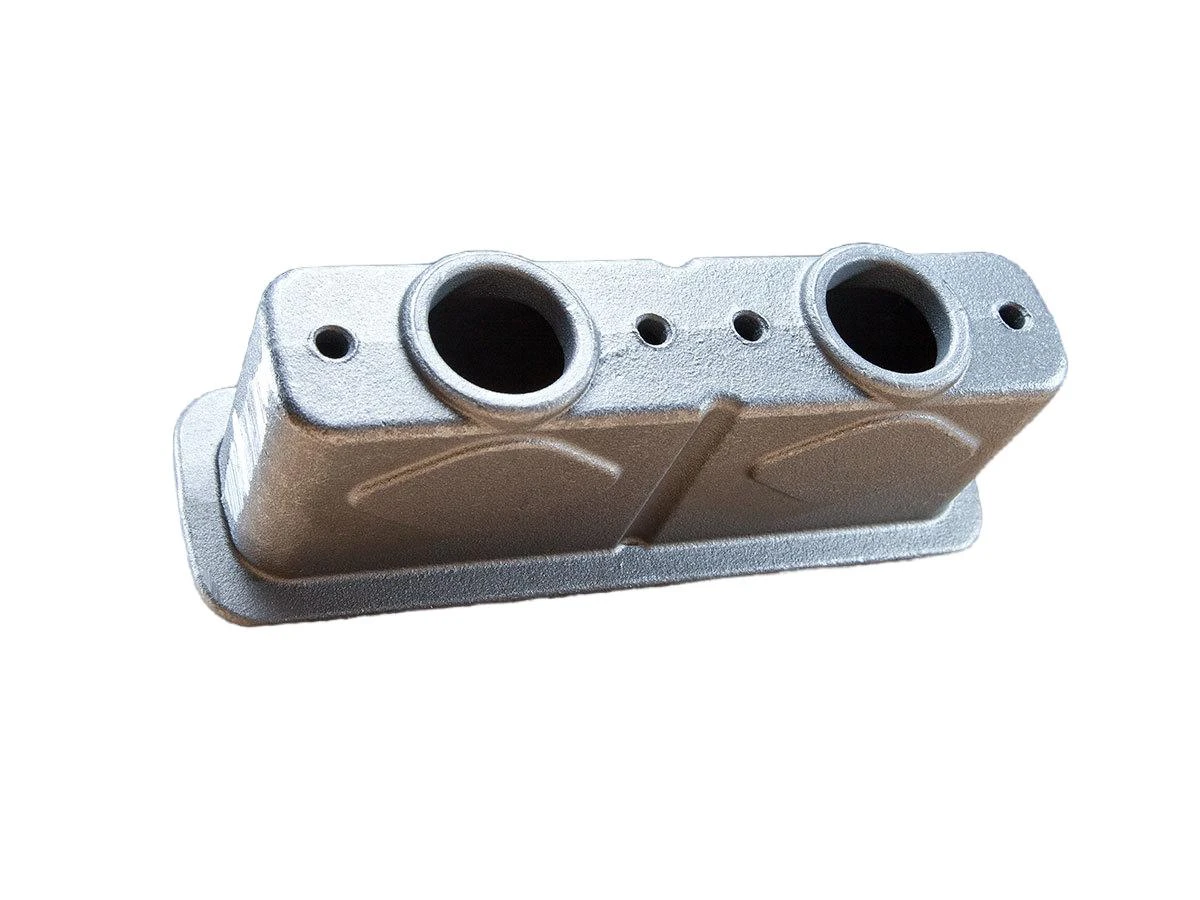Understanding the Process and Benefits of Die Casting in Manufacturing
Understanding Die Casting A Comprehensive Explanation
Die casting is a highly efficient manufacturing process that transforms molten metal into precise and intricate components. This technique has gained immense popularity across various industries, from automotive to consumer electronics, due to its ability to produce parts with excellent dimensional accuracy, smooth surfaces, and the potential for high production rates. In this article, we will delve into the die casting process, its advantages, types, and applications, providing a comprehensive understanding of this essential manufacturing method.
The Die Casting Process
The die casting process begins with melting the desired metal, typically aluminum, zinc, or magnesium, in a furnace until it reaches a liquid state. The molten metal is then poured into a mold, known as a die, which is pre-heated to ensure proper flow and solidification of the metal. The die consists of two halves that, when closed, form a cavity in the shape of the desired component.
Once the molten metal fills the cavity, it is subjected to high pressure, typically ranging from 1,000 to 30,000 psi. This pressure forces the metal into even the smallest details of the die, resulting in precision components. After a brief cooling period, the die is opened, and the solidified part is ejected. The entire process can take just a few seconds, allowing for high-volume production.
Advantages of Die Casting
Die casting offers several advantages that make it a preferred choice for manufacturing metal components
1. High Dimensional Accuracy The use of precise molds allows for incredibly tight tolerances, often reaching ±0.1 mm. This accuracy is essential for parts that must fit together seamlessly.
2. Smooth Surface Finish The die casting process produces components with excellent surface finishes, often requiring minimal post-processing. This characteristic is particularly valuable in industries where aesthetics and function are crucial.
3. Complex Geometries Die casting enables the production of intricate shapes that would be difficult or impossible to achieve with other manufacturing processes. This flexibility reduces the need for additional assembly, thereby saving time and costs.
4. Material Efficiency The high pressure used in die casting minimizes waste, as the molten metal fills the die completely. Additionally, any excess metal can often be recycled and reused in future casts.
die casting explanation

Types of Die Casting
Die casting can be categorized into two main types hot chamber die casting and cold chamber die casting.
- Hot Chamber Die Casting In this method, the melting pot is attached to the die casting machine, allowing molten metal to be injected into the mold directly from the pot. This technique is commonly used for low-melting-point metals like zinc. Its main advantage is the speed of operation, making it suitable for high-volume production.
- Cold Chamber Die Casting Here, the molten metal is poured into a chamber separate from the die cavity. This method is preferred for metals with higher melting points, such as aluminum. Cold chamber die casting is slightly slower and can require more machinery, but it allows for greater flexibility in material selection.
Applications of Die Casting
The versatility of die casting makes it suitable for a wide array of applications across different sectors
- Automotive Industry Components such as engine blocks, transmission cases, and various brackets are often produced using die casting due to their weight-saving properties and structural strength.
- Electronics Housing for electronic devices, connectors, and heat sinks are commonly die-cast, benefiting from the precision and smooth surfaces.
- Consumer Goods Items like kitchen appliances, furniture hardware, and sporting goods often utilize die-cast parts for durability and aesthetic appeal.
- Industrial Equipment Die casting is also widely used to produce components for machinery and tools that require high durability and resistance to wear.
Conclusion
In summary, die casting is a vital manufacturing process that offers numerous benefits, including high accuracy, efficiency, and versatility. By understanding the intricacies of this technique, manufacturers can leverage its advantages to produce high-quality components that meet the demands of various industries. As technology advances, die casting will continue to evolve, further enhancing its role in modern manufacturing.
-
Precision Sheet Metal Stamping Manufacturer | Fast & ReliableNewsAug.01,2025
-
OEM Sand Cast Pump Valve Fittings - Baoding Hairun Machinery And Equipment Trading Co., Ltd.NewsAug.01,2025
-
Custom OEM Impellers | High Efficiency & PrecisionNewsAug.01,2025
-
OEM Sand Cast Pump Valve Fittings - Baoding Hairun Machinery | Customization, Quality AssuranceNewsAug.01,2025
-
OEM Sand Cast Pump Valve Fittings - Baoding Hairun Machinery And Equipment Trading Co., Ltd.NewsAug.01,2025
-
OEM Sand Cast Pump Valve Fittings - Baoding Hairun Machinery And Equipment Trading Co., Ltd.NewsJul.31,2025















